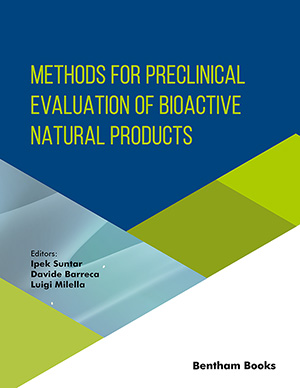Abstract
Background: Orlistat is commonly as a potent and long-lasting specific inhibitor of gastric and pancreatic lipase. Seven potential process-related impurities and degradation products were discovered in orlistat capsule out of which two were novel. However, no analytical methods reported in the literature could separate all the impurities presented in this work. Therefore, it is necessary to develop a simple, rapid and reliable HPLC method to detect potential impurities in orlistat pharmaceutical dosage forms and identify the novel impurities.
Methods and Results: The drug was subjected to the stress conditions of oxidative, acid, base, thermal and photolytic degradation as per International Conference on Harmonization (ICH). A gradient reverse phase highperformance liquid chromatographic (RP-HPLC) method with UV spectrophotometric detection was developed for separating the impurities and degradation products in orlistat capsules. Results showed that the main peak and the degradation products were well resolved. Five degradation impurities were characterized rapidly and two novel impurities were found. Liquid chromatography coupled with electrospray ionization, quadrupole-time of flight mass spectrometry (LC-ESIMS/ Q-TOF) was used to identify the novel impurities. After comparing their retention time and mass spectrometric data with that of available standards and references, initial structural confirmation of these impurities were obtained. Based on the spectrometric data and other assistant experiments, the novel impurities were characterized as (2S, 3R, 5S)-5-((formyl- D-leucyl)oxy)-2-hexyl-3-hydroxyhexadecanoic acid and (2S, 3S, 5S)-5-((formyl-D-leucyl)oxy)-2-hexyl-3- hydroxyhexadecanoic acid. The method was validated for specificity, accuracy, precision, linearity, limit of detection, limit of quantification, and robustness according to the present ICH guidelines.
Conclusion: A novel, sensitive and selective gradient reverse phase high-performance liquid chromatographic (RPHPLC) method with UV spectrophotometric detection was developed and validated to detect seven impurities out of which two were novel and not reported in earlier literature. The two novel impurities were identified by LC-ESI-MS/QTOF. The proposed HPLC method was suitable for routine analysis of orlistat in pharmaceutical dosage forms and assessed the stability of samples of orlistat.
Keywords: Orlistat, HPLC, process-related impurities, method, drug product, LC-ESI-MS/Q-TOF.






























